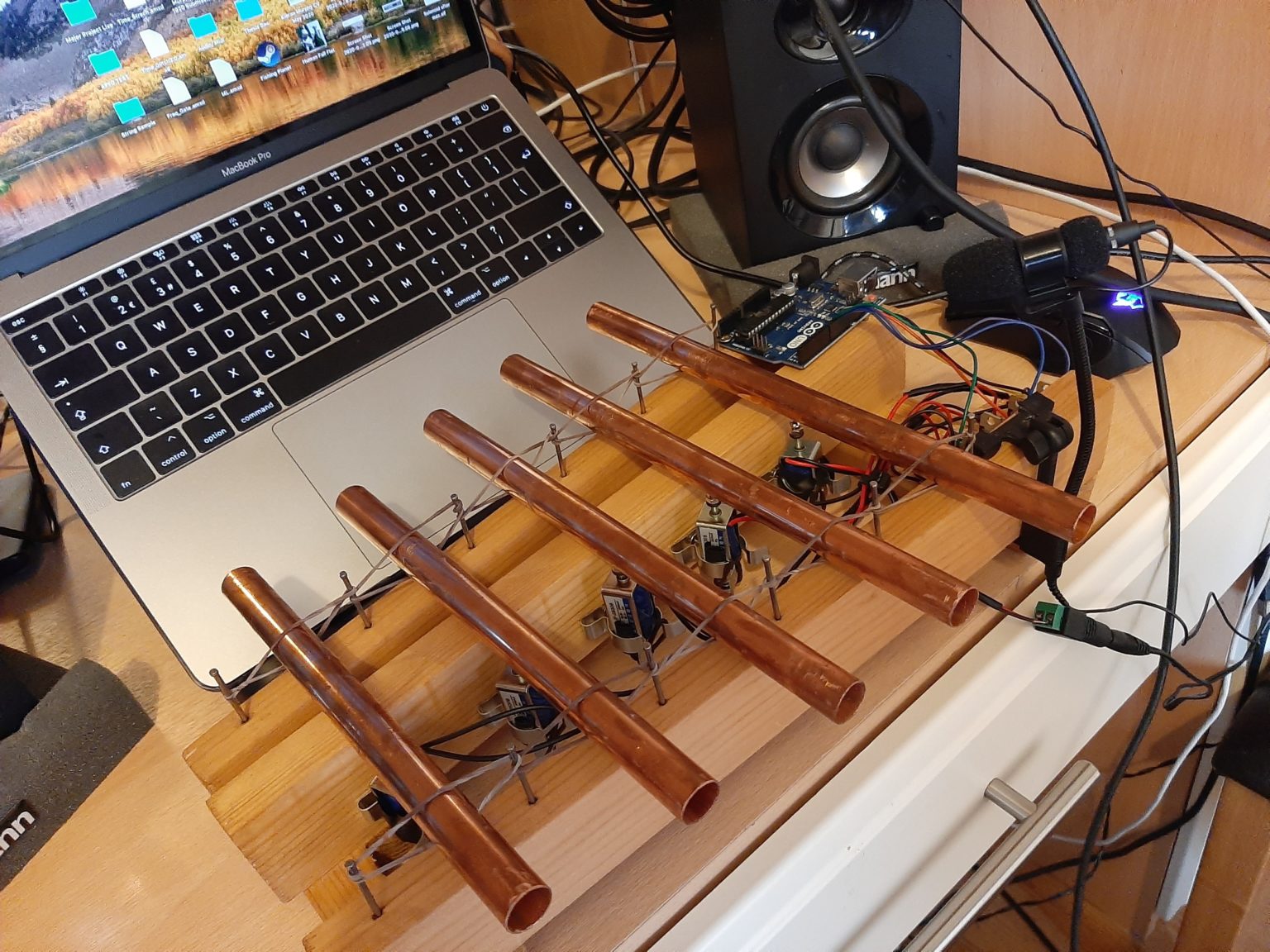
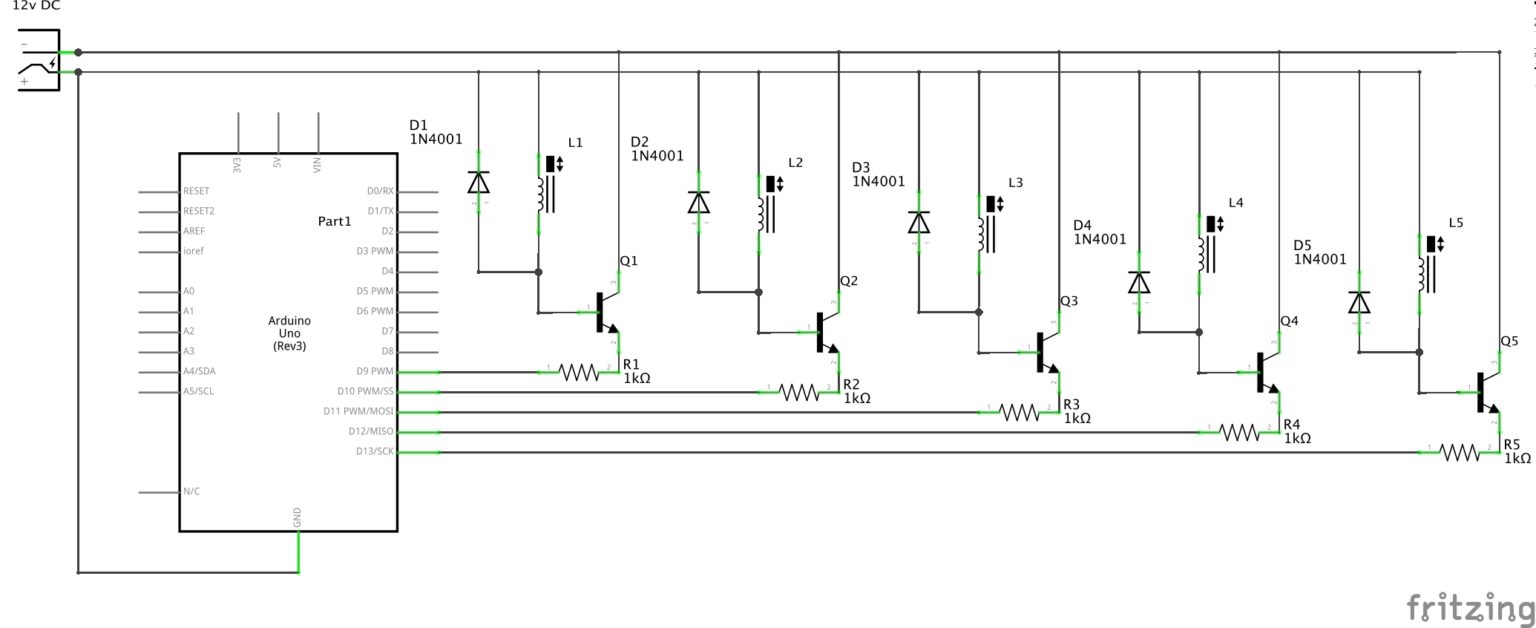
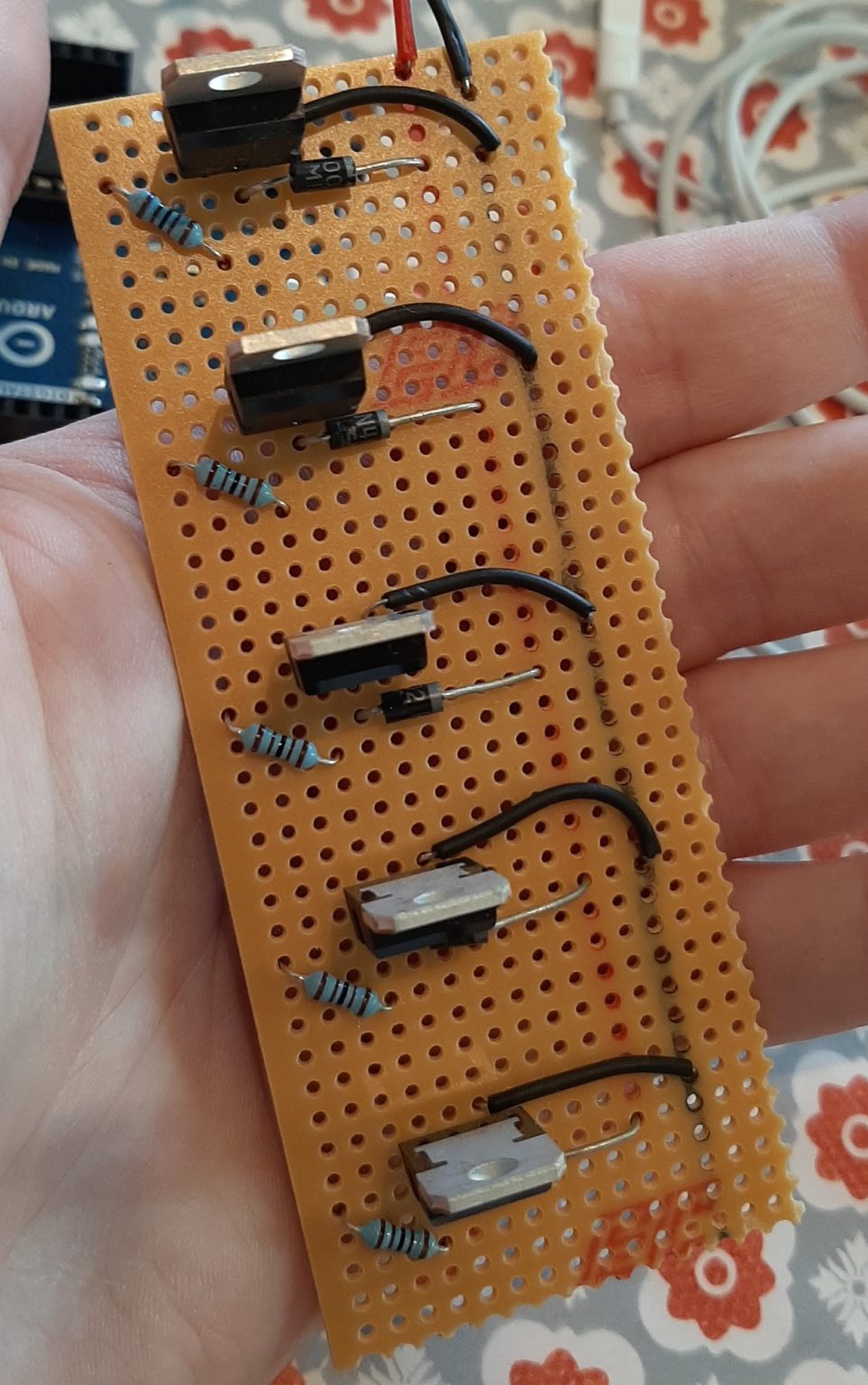
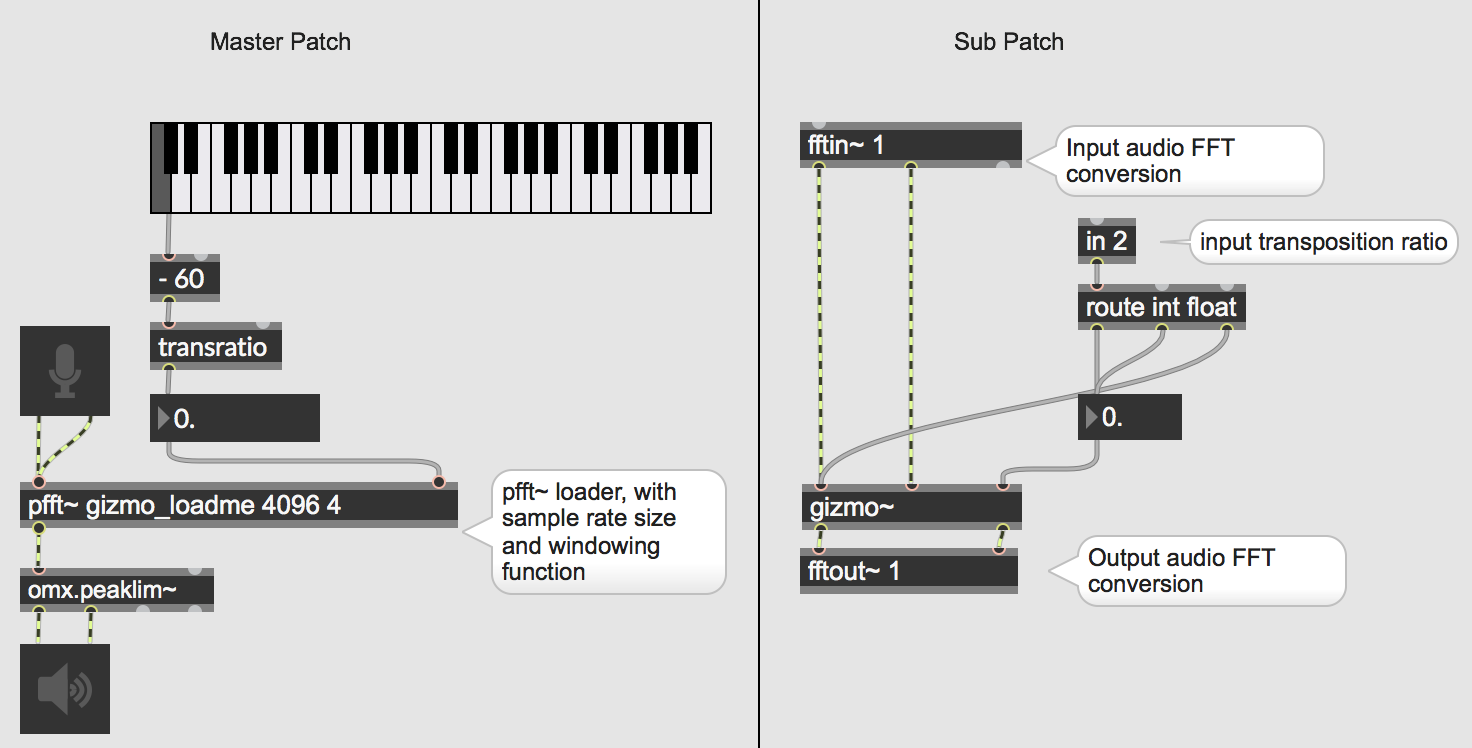

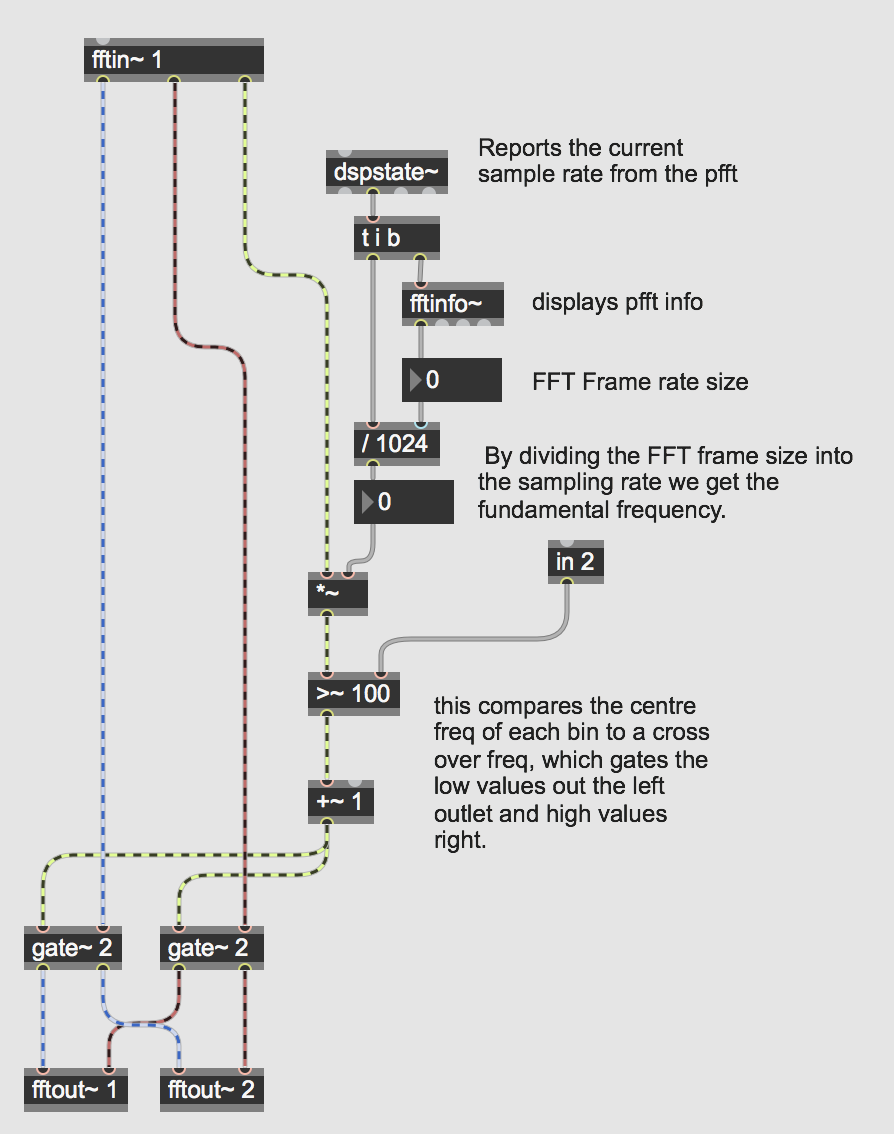
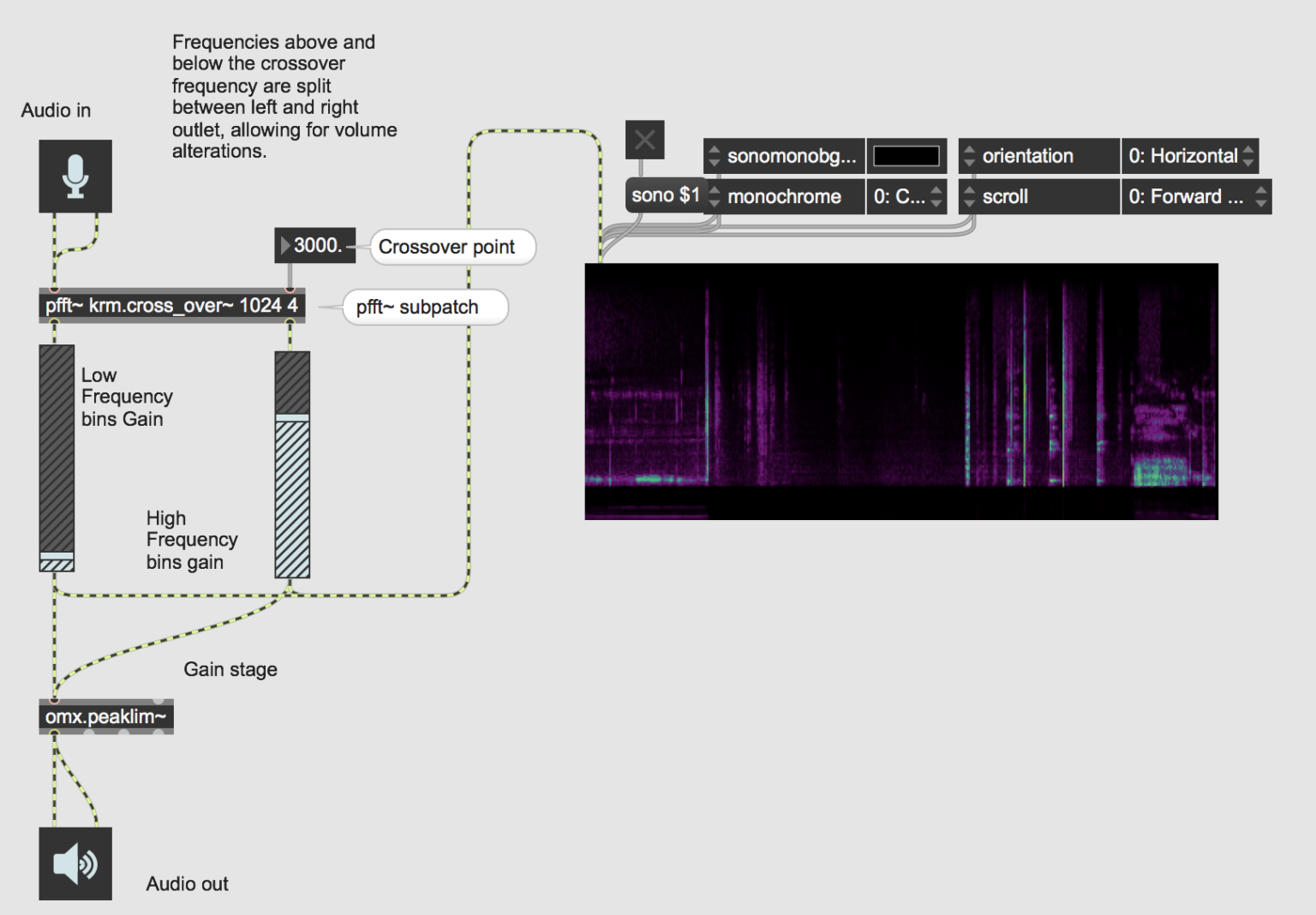
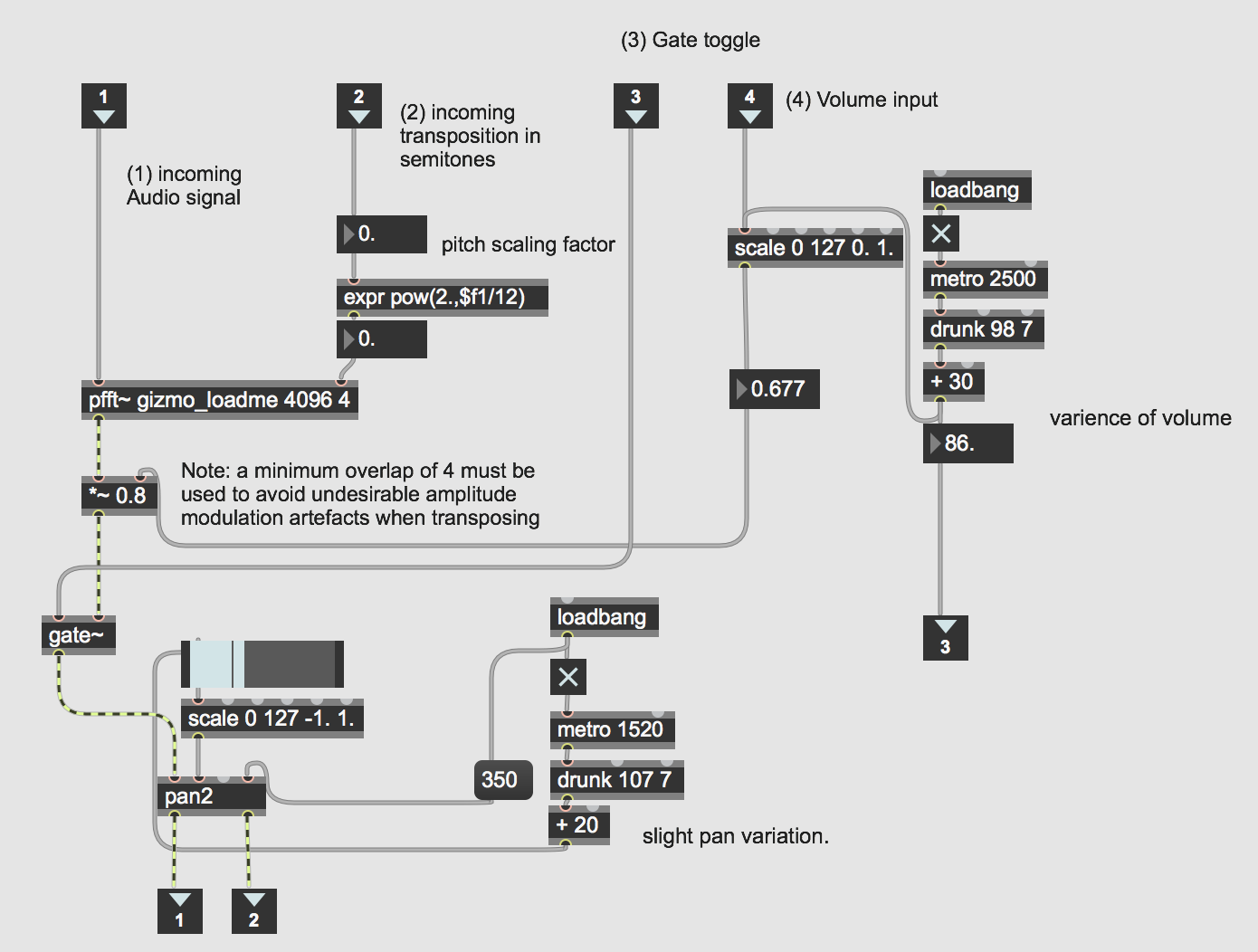
The objective of this study was to experiment with the design and creation of a new musical device to act as a performance aid. With a focus placed on the Max/MSP environment, microcontrollers, and solenoid technology. The online “hacker” community is constantly innovating new musical devices from readily accessible components. Inspiration was drawn from academic papers relating to the construction of a copper xylophone and recent developments in pitch-shifting technology.
A method was devised of constructing quick prototypes to prove the concepts are achievable, and a focus was put on the Fast Fourier Transform algorithm and how it might make real-time pitch shifting a reality. Success was found in the construction of the instrument due to knowledge gained from prototyping and accurate mathematical calculations which allows copper to resonate musically. The chosen circuit design is stable enough to be transferred out of the breadboard and into a physical circuit board more
Success was only partially achieved with the pitch shifting methods explored. (The methods being: Delay line or doppler effect pitch shifting, pre-existing Max objects, and FFT related processing) However, the latency in this discrete digital system still proved to be audible.
In this exhibition, we can see the operation of the solenoids. We hear the audio from inside the room from the operator’s perspective, and then from inside the MAX environment, showing a separation of the two experiences between the performer and the listener. Highlighting its potential as a live performance aid. The results found in this project can be expanded further by scaling up the design, potentially creating large scale automated instruments, and one-day creating zero-latency pitch-shifting algorithms







